A Hose Song That Was Popular Right Out Of The Gate
Talk about having to rein in the excitement: No one expected the song “A Horse With No Name” to become such a massive signature hit for the 70s band America. But before the band knew it, they were galloping toward success faster than they ever imagined.
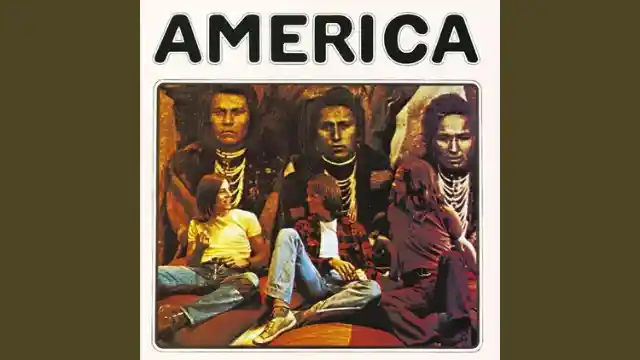
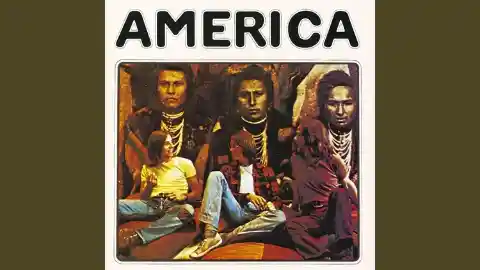
The members of the band America first met on a U.S. Air Force base, where their fathers were stationed, nearby to London in the late 1960s. They began performing local gigs in and around London, gaining popularity and garnering attention that culminated with Warner Brothers signing them to a significant recording deal.
In 1971, America released its self-titled debut album in the United Kingdom. Because the album was not enthusiastically received and achieved only moderate success, Warner Brothers hesitated when it came time to release “I Need You” as the first single from the debut album. When Warner Brothers requested that the band come up with additional material, including a song that would be well received in both Europe and America, the band recorded four more songs at Morgan Studios, Willesden in London, including “A Horse With No Name.”
Not Just Horsing Around
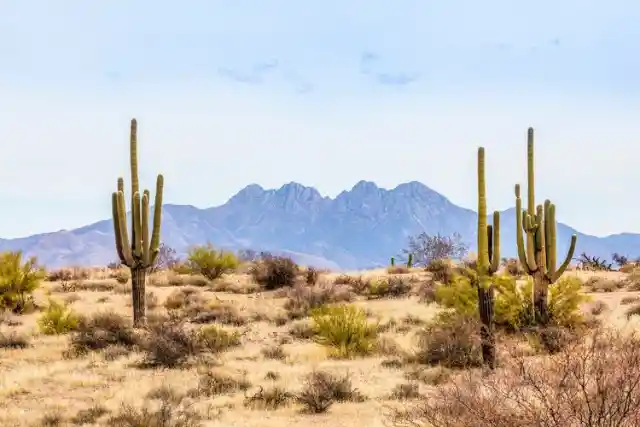
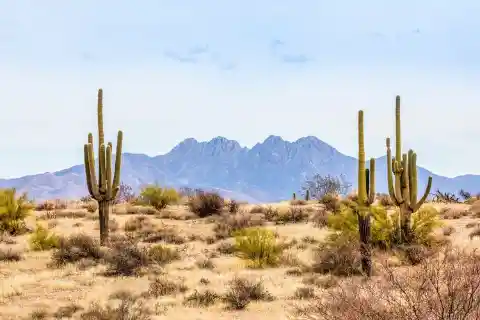
Seemingly a lyrical tale told by a storyteller, the song featured bass, conga, and acoustic guitars. “A Horse With No Name” recounts a man’s solitary desert travels, and included imagery of wildlife and the ever-present brilliant – and burning – sun. Warner Brothers believed it could be a successful single and released it.
Originally titled “The Desert Song,” the single was penned by Dewey Bunnell who saw it as “a metaphor for a vehicle to get away from life’s confusion into a quiet, peaceful place.” According to Bunnell, the song’s lyrics came to him “all in one fell swoop” and only took about two hours to complete. Recently graduated from high school and living in London with a friend, Bunnell has mused in the past that the song was inspired by a day at the beach when he suffered a significant sunburn.
Portions of the song’s lyrics came about because of the need to tap into word rhymes, while other elements were based in historical fact. Bunnell tapped into some of his own personal experiences when it came to developing some of the song’s lyrics. For example, in his younger days he and his brother would hike the desert area near Santa Barbara; these adventures might have served as the songwriter’s inspiration.
Because Bunnell had lived in multiple locales, he had been exposed to different dialects that ultimately informed the lyrics. Lines such “ain’t no one for to give me no pain” are examples of regional ways of speaking with which he was familiar.
In the years since “A Horse With No Name” became a hit, stories have circulated that the song was written as a means of embodying the feel of a desert as portrayed in a Salvador Dalí painting, or as an homage to a horse image in an M.C. Escher picture. In Highway:30 Years of America liner notes, Bunnell explained that he wrote the song in London while it was raining, and that “The rain was starting to get to us, and I wanted to capture the heat and the dryness.”
A Hit Or A Miss?
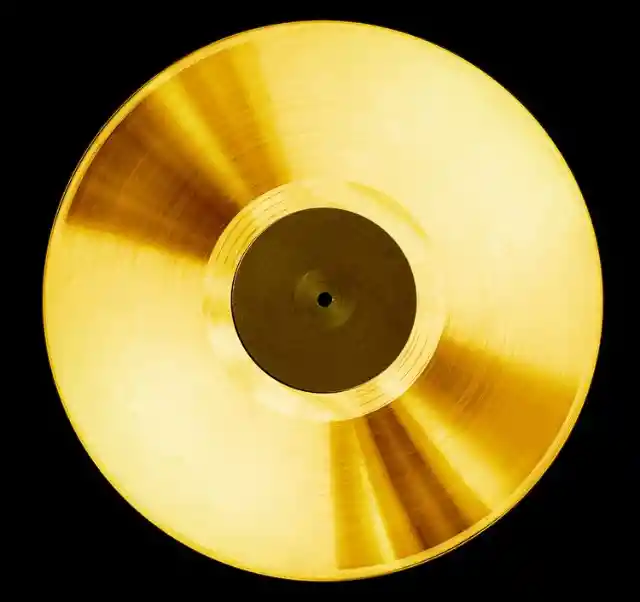
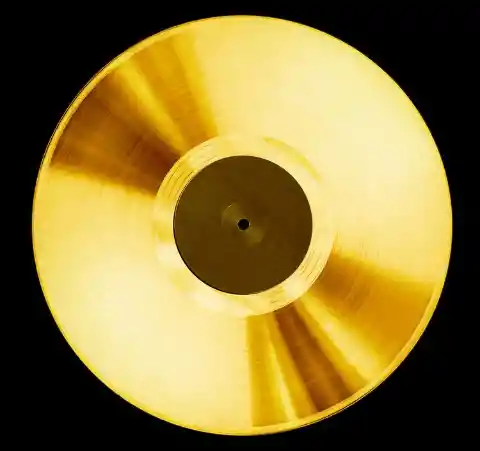
First released overseas in late 1971, the song was subsequently released in America in early 1972. “A Horse With No Name” became a hit, rising to the top of the charts and being certified gold. According to the band, “A Horse With No Name” wasn’t about heroin, a misinterpretation of the lyrics that came about because, at that time, heroin was sometimes referred to as “horse” in America. Unfortunately, this misinterpretation of the lyrics resulted in some radio stations banning the song.
The popularity of the song inspired Warner Brothers to re-release the album America, including “A Horse With No Name,” which propelled the album to platinum status.